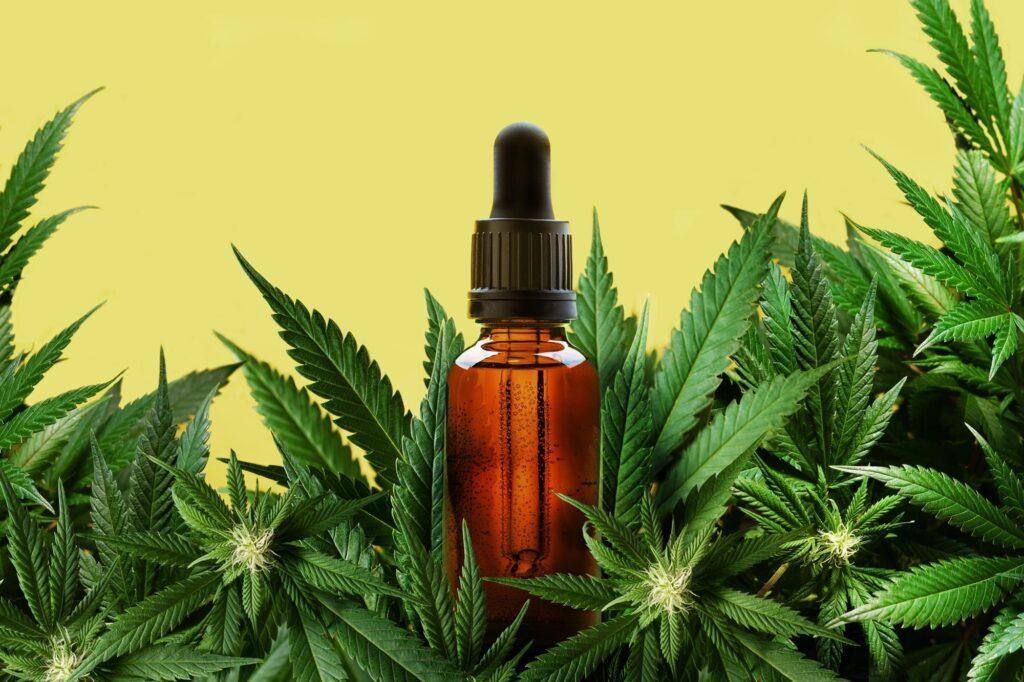A new case series published in the journal Frontiers in Neuroscience details how cannabis-based products led to seizure freedom in nearly a dozen pediatric and adult patients with drug-resistant epilepsy (DRE).

Conducted by researchers at the University of Toronto and University Health Network, the retrospective study evaluated 19 patients with DRE—15 of them children—who experienced seizure freedom (SF) after treatment with cannabis-based medicinal products (CBPMs). The patients were treated using oils only, in a structured stepwise protocol.
The median seizure-free period was 245 days, with five patients remaining seizure-free for at least one full year. All participants had previously tried conventional anti-seizure medications (ASMs) without success, and most continued ASMs during CBPM therapy. However, three patients were able to discontinue all other medications while remaining seizure-free.
CBD combined with THC was more commonly used than CBD alone, with nearly three-quarters of patients achieving SF using both. THC doses averaged 0.31 mg/kg/day in the first seizure-free period. About 89% of participants reported improved quality of life, and side effects were generally mild, most commonly sleepiness and appetite reduction.
Breakthrough seizures were reported in 13 cases but were often linked to illness or dosage changes. In several instances, dose adjustments or the addition of THC restored seizure control.
The authors note that seizure freedom is considered the primary treatment goal for epilepsy, yet it remains rare among patients with DRE using traditional ASMs. While established treatments yield just a 1% chance of seizure freedom after multiple ASM failures, this study found that 4% of pediatric DRE patients achieved at least one year of seizure freedom on CBPMs.
The findings support prioritizing cannabis-based products in treatment-resistant cases and call for further research into biomarkers that predict response, as well as randomized trials to compare CBPMs directly with traditional ASMs.
The study’s “Conclusion” section states:
This study reports RWE from 19 patients with DRE who experienced SF due to CBPM therapy. The SF rates observed in this study complement existing literature that reports rates of at least 4%, higher than the 1% observed with established ASMs.
CBPMs are pharmacologically distinct from conventional ASMs, acting through unique mechanisms via modulation of the ECS. Therefore, patients whose epilepsies respond particularly well to CBPMs may represent a distinct cohort with shared neurobiological and clinical features. Given the significant burden that ongoing seizures pose on morbidity, mortality, QoL, and healthcare costs, the authors call on the epilepsy research community to prioritize the identification of this population’s shared characteristics. Focusing on the identification of their chemical and genetic biomarkers may translate clinically in the guidance of treatment choice and the prioritization of CBPMs in treatment pathways for DRE. Given the comparative SF data in the published literature, future double blind, placebo-controlled studies should also assess whether CBPMs should be prioritized as first-line medical therapy for DRE cases that lack established, evidence-based treatment options.
Finally, the RWE presented in this study supports the need for greater accessibility to CBPMs, a comparative economic analysis of the costs associated with DRE patients not treated with CBPMs, and the inclusion of SF data in future CBPM epilepsy trials.







